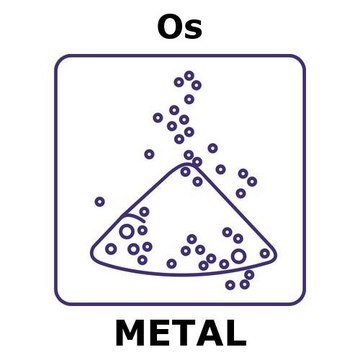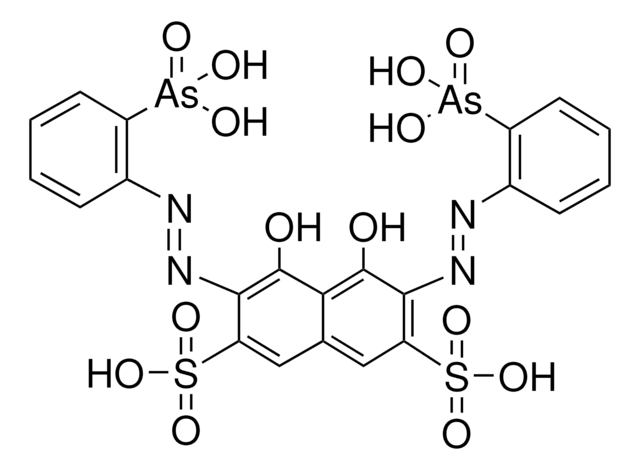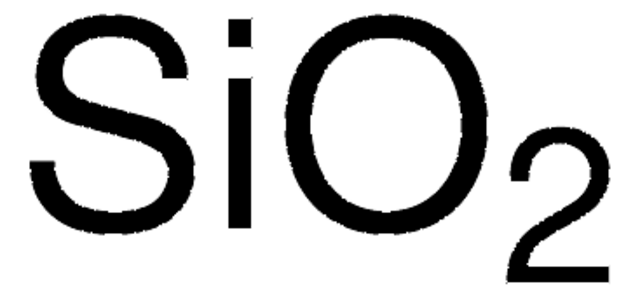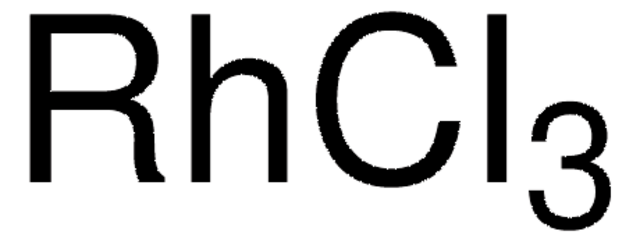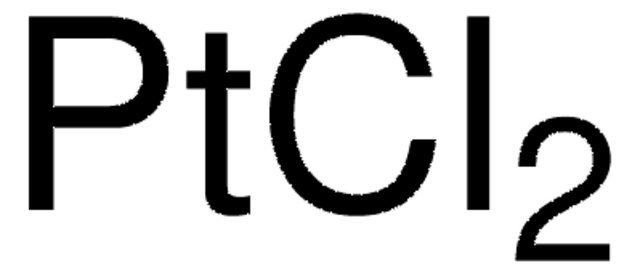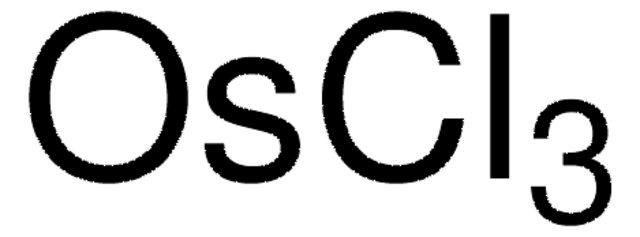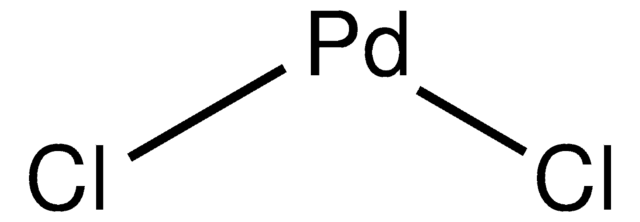All Photos(2)
About This Item
Empirical Formula (Hill Notation):
Os
CAS Number:
Molecular Weight:
190.23
EC Number:
MDL number:
UNSPSC Code:
11101711
PubChem Substance ID:
NACRES:
NA.23
Recommended Products
Quality Level
Assay
99.9% trace metals basis
form
powder
resistivity
8.12 μΩ-cm, 20°C
bp
5027 °C (lit.)
mp
3045 °C (lit.)
density
22.61 g/cm3 (lit.)
SMILES string
[Os]
InChI
1S/Os
InChI key
SYQBFIAQOQZEGI-UHFFFAOYSA-N
Looking for similar products? Visit Product Comparison Guide
Signal Word
Danger
Hazard Statements
Precautionary Statements
Hazard Classifications
Eye Dam. 1 - Flam. Sol. 2 - Skin Irrit. 2 - STOT SE 3
Target Organs
Respiratory system
Storage Class Code
4.1B - Flammable solid hazardous materials
WGK
nwg
Flash Point(F)
Not applicable
Flash Point(C)
Not applicable
Personal Protective Equipment
dust mask type N95 (US), Eyeshields, Gloves
Choose from one of the most recent versions:
Already Own This Product?
Find documentation for the products that you have recently purchased in the Document Library.
Hideki Sugimoto et al.
Inorganic chemistry, 52(2), 543-545 (2013-01-01)
Oxidation of the hydroxoosmium(III) complex resulted in C-H bond activation of the methyl group of the supporting ligand (N,N'-dimethyl-2,11-diaza[3.3](2,6)pyridinophane). The product was an osmium(IV) complex exhibiting a seven-coordinate structure with an additional Os-CH(2) bond.
Michael H Stewart et al.
ACS nano, 6(6), 5330-5347 (2012-06-08)
The ability of luminescent semiconductor quantum dots (QDs) to engage in diverse energy transfer processes with organic dyes, light-harvesting proteins, metal complexes, and redox-active labels continues to stimulate interest in developing them for biosensing and light-harvesting applications. Within biosensing configurations
Gabriel E Büchel et al.
Journal of inorganic biochemistry, 113, 47-54 (2012-06-13)
A one-pot synthesis of osmium(IV) complexes with two different tautomers of indazole, 1H-indazole and 2H-indazole, namely (H(2)ind)[Os(IV)Cl(5)(2H-ind)] (1) and (H(2)ind)[Os(IV)Cl(5)(1H-ind)] (2) is reported. Both compounds have been comprehensively characterized by NMR spectroscopy, ESI (electrospray ionization) mass spectrometry, electronic absorption spectroscopy
Sunil A Patil et al.
Chemical communications (Cambridge, England), 48(82), 10183-10185 (2012-09-13)
Using the well-known exoelectrogen Shewanella oneidensis MR-1, an osmium redox polymer modified anode exhibited ca. 4-fold increase in current generation. Additionally, a significant decrease in the start-up time for electrocatalysis was observed. The findings suggest that the inherent extracellular electron
Kamrul Hasan et al.
Biochemical Society transactions, 40(6), 1330-1335 (2012-11-28)
Electrochemical communication between micro-organisms and electrodes is the integral and fundamental part of BESs (bioelectrochemical systems). The immobilization of bacterial cells on the electrode and ensuring efficient electron transfer to the electrode via a mediator are decisive features of mediated
Our team of scientists has experience in all areas of research including Life Science, Material Science, Chemical Synthesis, Chromatography, Analytical and many others.
Contact Technical Service

